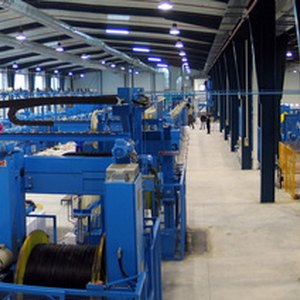
There are three different depreciation methods available to companies when writing off assets. Thus, one of the problems with depreciation is that it based on management's discretion. When a company depreciates an asset, it is making an estimation on the useful life of that asset. Depending on which depreciation method is used, a company can be too aggressive in writing off assets or its estimate of an asset's useful life may be over-exaggerated.
Depreciation Methods
The three types of depreciation methods are straight-line, double declining balance (DDB), and sum-of-the-years digits (SOYD). Straight-line depreciation evenly spreads the cost of depreciation over the life of the asset, whereas DDB and SOYD are considered aggressive forms of depreciation. For example, a company using DDB will report higher depreciation expense than one using straight-line. For analytical purposes, since depreciation is a non-cash expense, it is subtracted from operating expenses but added back to cash flows from operations. A company using DDB will show lower operating expenses and better cash flow, which may not be truly representative.
Manipulating Earnings
Companies can use depreciation to manipulate earnings. A company can extend the use of its assets by claiming a longer useful life. When looking at depreciation, it is useful to compare depreciation practices of a company along with its peers. A company's assets may be outdated or in need of repair if it is depreciating assets too slowly. All else being equal, lower depreciation expense means higher net income.
Mark-to-Market Misrepresentations
Mark-to-market in accounting refers to the valuation of assets based on current market prices rather than book value. A major distortion occurs in depreciation based on an assets book value versus the actual market value of an asset. For example, a company may have fully depreciated its land and buildings even though these assets have significant market values. This is a common occurrence with intangible assets such as logos and trademarks. For accounting purposes, these intangible assets have a finite life; however, in reality these assets can be extremely valuable.
Adjustments
It is useful to compare a company's depreciation methods with that of its peers. Usually, companies within the same industry use similar depreciation methods. If a company is using DDB, convert this to the more conservative straight-line depreciation method. After doing this, you may want to subtract the more conservative depreciation method from operating expenses to get a better picture of the company's financial health and for better peer comparisons. Similarly, you may want to value a company's assets based on current market prices rather than book value.

